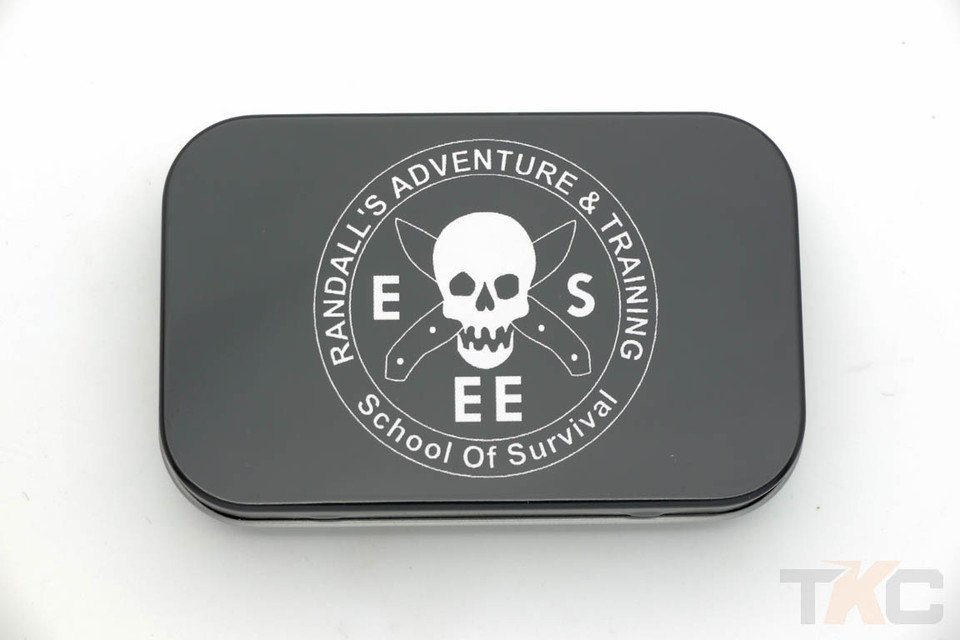Introduction
Knot tying is an essential skill that has been utilized for centuries in various applications, from sailing and camping to everyday tasks. One of the most versatile and reliable knots is the bunk knot. This guide will provide you with comprehensive insights into the bunk knot, including its history, uses, and a detailed step-by-step guide on how to tie it effectively. Whether you are an outdoor enthusiast or simply someone looking to enhance their knot-tying skills, understanding the bunk knot is invaluable.
The Basics of bunk knot
Knot tying is both an art and a science. It involves creating loops and securing ropes in a way that they can hold weight, resist tension, and be easily untied when necessary. Learning the basics of knot tying is the first step towards mastering more complex knots like the bunk knot. Basic knowledge includes understanding the parts of a rope, such as the standing end, the working end, and the bight. It is also crucial to know different types of knots and their purposes, such as binding knots, loop knots, and hitch knots.
What is a bunk knot?
The bunk knot is a specific type of knot known for its strength and reliability. It is often used in situations where a secure and stable knot is required, such as in camping, boating, and various other outdoor activities. Unlike some knots that may slip or become loose under tension, the bunk knot remains secure, making it a favorite among outdoor enthusiasts and professionals alike.
History of the bunk knot
The history of the bunk knot dates back centuries, with its origins rooted in maritime traditions. Sailors used this knot to secure sails and cargo, relying on its stability and ease of tying. Over time, the bunk knott has evolved and found applications in many other fields. Understanding its historical context provides a deeper appreciation for its utility and the skill involved in tying it.
Applications of the bunk knot
The versatility of the bunk knott makes it suitable for a wide range of applications. It is commonly used in:
- Camping: Securing tents, hammocks, and tarps.
- Boating: Fastening sails, mooring lines, and fishing nets.
- Everyday Use: Bundling items, securing loads, and in crafting.
Knowing where and how to use the bunk knot can enhance your efficiency and safety in these activities.
bunk knot for Camping
When camping, having reliable knots can make all the difference. The bunk knot is particularly useful for:
- Setting up tents and shelters.
- Hanging hammocks securely.
- Creating clotheslines and utility lines.
- Securing gear and equipment.
bunk knot in Boating
In the boating world, the bunk knott is prized for its ability to withstand harsh marine conditions. It is commonly used for:
- Securing sails to masts.
- Tying down equipment on deck.
- Attaching mooring lines to docks.
- Repairing fishing nets.
Bunk Knot for Everyday Use
Even in everyday scenarios, the bunk knott proves its worth. It can be used for:
- Securing items during transportation.
- Bundling firewood or other materials.
- Crafting and DIY projects.
- Creating makeshift handles or grips.
Step-by-Step Guide to Tying a bunk knot
Tying a bunk knott can seem daunting at first, but with practice, it becomes second nature. Here is a detailed, step-by-step guide:
- Start with a length of rope: Ensure you have enough length to work with.
- Create a loop: Form a small loop with the working end of the rope.
- Pass the working end: Take the working end and pass it through the loop from underneath.
- Form a second loop: Create another loop above the first one.
- Thread the working end: Pass the working end through the second loop.
- Tighten the knot: Pull both ends of the rope to tighten the knot securely.
Materials Needed for a bunk knott
To tie a bunk knott, you will need:
- A length of sturdy rope or cord.
- A flat surface or a sturdy anchor point to work against.
- Patience and practice to perfect the knot.
Common Mistakes in Tying Bunk Knots
Even experienced knot tiers can make mistakes. Common errors include:
- Not tightening the knot properly.
- Using the wrong type of rope.
- Incorrectly threading the working end.
- Failing to secure the knot under tension.
Tips for Perfecting Your bunk knot
Perfecting your knot involves practice and attention to detail. Here are some tips:
- Practice tying the knot in different conditions.
- Use high-quality rope that holds well.
- Follow the step-by-step guide carefully.
- Seek feedback from experienced knot tiers.
How to Teach Kids to Tie a bunk knott
Teaching kids to tie knots can be a fun and educational experience. When teaching them the bunk-knot:
- Use colorful ropes to make it more engaging.
- Break down the steps into simple instructions.
- Practice together in a relaxed setting.
- Encourage them to use the knot in practical situations.
Bunk Knot vs. Other Knots
Comparing the bunk knott to other knots highlights its unique features. Unlike the slipknot or square knot, the bunk knot offers superior stability and is less likely to come undone under tension. It is also easier to untie than more complex knots like the bowline.
Safety Precautions When Using Bunk Knots
Safety is paramount when using any knot. Ensure you:
- Check the integrity of the rope before use.
- Test the knot under load to ensure it is secure.
- Avoid using damaged or frayed ropes.
- Always have a backup plan in case the knot fails.
Maintaining Your Bunk Knot
Maintaining your bunk knott involves regular checks and proper storage. Inspect the knot and rope for wear and tear, and replace any damaged sections. Store your ropes in a cool, dry place to prevent deterioration.
Advanced Techniques for Bunk Knots
For those looking to enhance their knot-tying skills, advanced techniques can be explored. These include:
- Double bunk knots for added security.
- Using the bunk knot in combination with other knots.
- Applying the knot in complex rigging scenarios.
How to Untie a bunk knot Easily
Untying a knot is straightforward if done correctly. Simply:
- Loosen the knot by pulling on the standing end.
- Carefully unravel the loops.
- Ensure the rope is free of tangles before storage.
Troubleshooting bunk knot Problems
If you encounter issues with your bunk knott:
- Recheck the tying steps.
- Ensure the rope is not too stiff or slippery.
- Practice in different conditions to gain confidence.
Innovative Uses of the bunk knot
Innovation in bunk knott leads to new applications. The bunk knot can be used creatively in:
- Crafting decorative items.
- Designing efficient storage solutions.
- Creating secure fastenings in DIY projects.
The Future of Knot Tying
The future of knot tying lies in the integration of traditional skills with modern technology. Innovations in rope materials and knot applications will continue to expand the possibilities for knot enthusiasts.
Famous Uses of Bunk Knots in History
Throughout history, the bunk knott has been used in notable expeditions and adventures. Its reliability has made it a staple in many historical events, from maritime explorations to mountain climbing expeditions.
bunk knot Competitions and Challenges
Knot tying competitions are popular in scouting and maritime communities. Participants are challenged to tie knots quickly and accurately, showcasing their skills and knowledge.
Learning Resources for Knot Enthusiasts
For those looking to deepen their understanding of knot tying, various resources are available, including:
- Books and manuals on knot tying.
- Online tutorials and videos.
- Knot-tying workshops and classes.
- Community groups and clubs dedicated to knot tying.
Conclusion
Mastering the bunk knot opens up a world of possibilities, from enhancing your outdoor adventures to solving everyday challenges. By understanding its history, applications, and techniques, you can confidently incorporate this versatile knot into your repertoire. Whether you are a beginner or an experienced knot tier, the bunk-knot is an essential skill that will serve you well in various situations.
FAQs
How do I ensure my bunk knott is secure?
Ensure your bunk knott is secure by tightening it properly and testing it under load. Practice regularly to perfect your technique.
Can the bunk knott be used with any type of rope?
While the bunk knott can be used with most ropes, it is best to use a rope that is sturdy and has good grip to prevent slipping.
What are some common mistakes when tying a bunk-knot?
Common mistakes include not tightening the knot properly, using the wrong type of rope, and incorrectly threading the working end.
How can I teach my children to tie a bunk knott?
Use colorful ropes to make it engaging, break down the steps into simple instructions, and practice together in a relaxed setting.
Is the bunk knot suitable for heavy-duty applications?
Yes, the bunk knott is suitable for heavy-duty applications due to its stability and strength, making it ideal for camping, boating, and securing loads.
Are there advanced techniques for tying a bunk knott?
Yes, advanced techniques include tying double bunk knots for added security and using the bunk knott in combination with other knots for complex rigging scenarios





